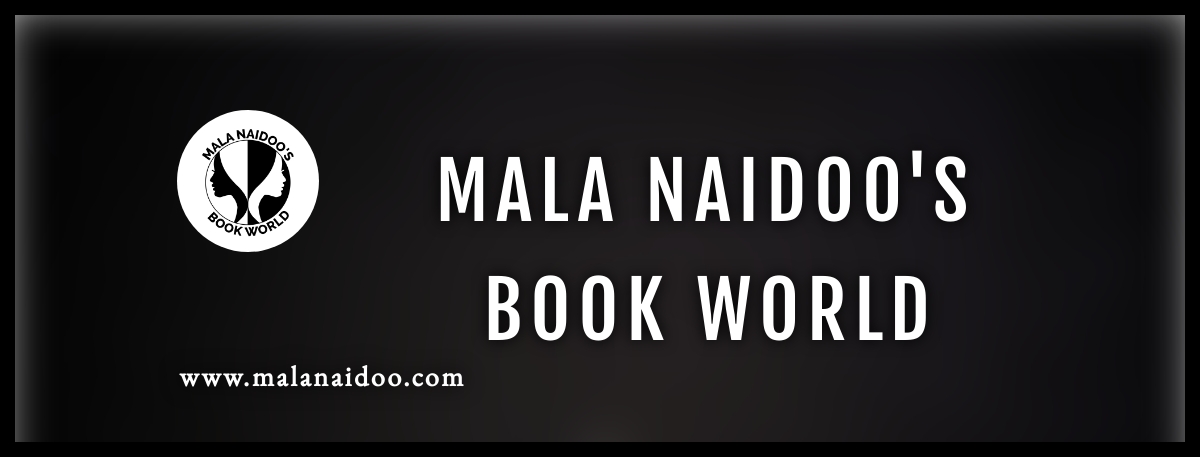People ask, ‘so how does one complete a novel?’ The simple response is, ‘write every day.’
Fifty words on a page are better than a blank page.
Consistency is key and if for whatever reason writing is impossible on a day, double up the output in the next writing session. Perhaps not all in one go, divide the writing time to two sessions if possible, on a given day that fits in with what is already on your plate.

Writing more is by showing up, at a regular time, bottom on the seat, minimal distractions or no distractions at all. Commit to a solid ninety-minutes, then change the activity, but if the juice is still flowing go back for another session.
Blocks of time, free of distractions is essential to see a creative project to completion.
Ways in which to maximise creative time is to have a notepad/journal at the ready wherever you are. I have A5 journals in my handbag, workbag and pencils stashed in every pocket. Sitting in the doctor’s or dentist’s waiting room, or with colour in your hair at the hairdresser, or as I do, while sitting in the car at the car wash, scribble a few lines to keep the momentum of your story going. Watching soap suds gyrate in a splash of colour stirs the imagination! Back at your desk, if that’s where you prefer to write, draw those mini journal creative thoughts into your WIP manuscript.
Having word count goals helps to hold one accountable. My target is to finish a chapter at each writing session, if possible, or to leave a trigger sentence for the next writing session, to pick up the pace, action and momentum.
Caught in a roadblock? Pull out a notepad and write, if you can’t take your eyes off the road, audio record your verbal musings — now traffic cops, I dare to say, have not come up with traffic fines for the some time… somehow writer at a standstill in a roadblock, NOT in moving traffic, I must add – that is a massive NO-NO! Anything that will hinder the imagination is a blaring siren and flashing lights… although a fictional high-speed chase adds adrenaline to a thriller… let me add that… to my…
Like we need our zzzz’s, we need our number of words down on the page each day.
Some like holding themselves accountable through a writing group and others prefer to create their own deadlines. Either way, commitment matters to take your draft from a manuscript to an actual book.
Courage is the commitment to begin without any guarantee of success ~ Wolfgang Von Goethe
Some have a few writing days set aside in the week and commit like it’s a job they go to for five or six hours a day. If these are the only days available, the habit is cultivated and creative productivity soars on those days.
Roads trips, as long as you’re not doing the driving, is another great way to nab some writing hours, the imagination will be stimulated as you travel through various locations.
My next some time… somehow is to jump on a train and go to the furthest end of the line and back while writing. I am a desk-bound writer so this is an adventure that might or might not yield a new result. Let’s hope nobody throws me off the train for wearing heavily shaded sunglasses, a cap and seen to be furtively writing some secretive lines, perhaps on the comings and goings on each platform?
Get on that train, write at the car wash, whatever you do, do create space for your book!
Happy Writing, Happy Musing!
Carpe Diem!
Please share your some time… somehow to help others maximise writing outcomes.


















































You must be logged in to post a comment.